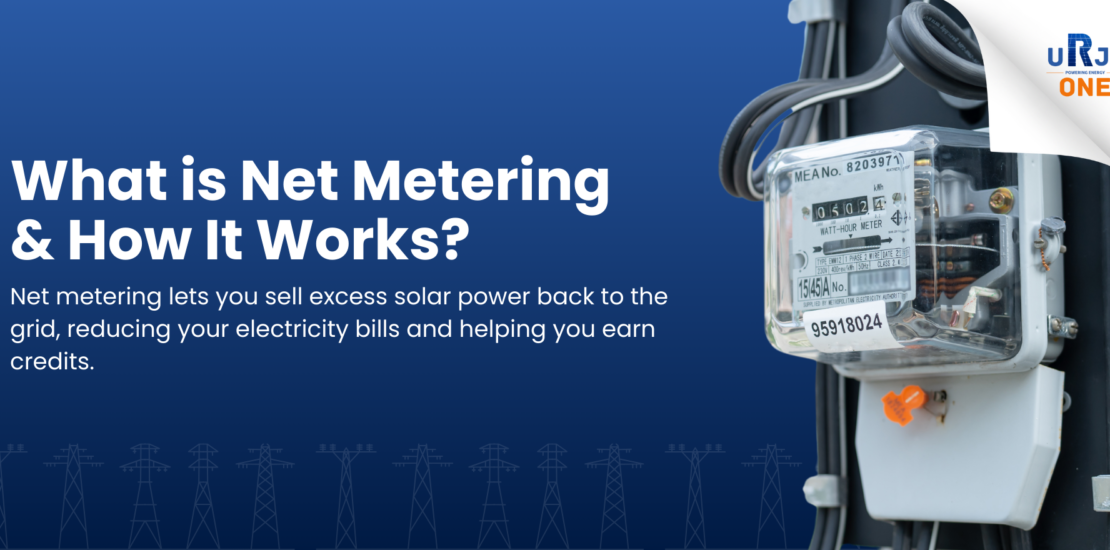Net Metering: Sell Your Extra Solar Power and Slash Your Electricity Bills!
- March 4, 2025
- Posted by: Admin
- Categories: Home Energy Solutions, Smart Metering, Solar & Renewable Energy

Harnessing the power of the sun is becoming increasingly popular, and for good reason! Solar panels not only reduce your carbon footprint but also significantly lower your electricity bills. But what happens to the excess solar energy your system generates? That’s where net metering comes into play.
What is Net Metering?
Net metering is a billing mechanism that allows homeowners and businesses with solar panel systems to feed excess electricity back into the grid. Essentially, it turns your electricity meter into a two-way street.
Here’s how it works:
- Solar Power Generation: Your solar panels generate electricity during the day.
- Consumption: You use the solar power to run your appliances and electronics.
- Excess Power: If your solar system produces more electricity than you consume, the surplus is sent back to the grid.
- Meter Reading: Your net meter records both the electricity you consume from the grid and the electricity you feed back into it.
- Billing: At the end of the billing cycle, your electricity bill reflects the “net” difference between the energy you consumed and the energy you supplied.
The Benefits of Net Metering:
- Reduced Electricity Bills: By feeding excess power back into the grid, you offset your electricity consumption, resulting in lower bills. In some cases, you might even receive a credit.
- Financial Savings: Net metering helps you maximize the return on your solar investment by allowing you to monetize excess solar energy.
- Grid Stability: Distributed solar generation helps stabilize the grid by reducing the strain on centralized power plants.
- Environmental Benefits: By promoting solar energy, net metering contributes to a cleaner and more sustainable energy future.
- Energy Independence: Net metering helps you become less reliant on traditional electricity sources.
- Potential for Income: In some regions, you may receive monetary compensation for the excess energy you supply to the grid.
How Net Metering Works in Practice:
Imagine you have a solar panel system that generates more electricity during the day than you consume. During the day, your meter runs backward, crediting you for the excess energy. At night, when your solar panels aren’t producing electricity, you draw power from the grid, and your meter runs forward.
At the end of the month, your electricity bill will reflect the difference between the energy you supplied and the energy you consumed. If you supplied more energy than you consumed, you might receive a credit that can be applied to future bills.
Net Metering Policies in India:
Net metering policies vary by state in India. It’s essential to check with your local electricity distribution company (DISCOM) to understand the specific regulations and incentives in your area.
Key Considerations:
- System Size: The size of your solar panel system should be optimized to match your energy consumption and local net metering policies.
- Net Meter Installation: You’ll need a net meter installed by your DISCOM.
- Application Process: There’s usually an application process to participate in net metering.
- Regulations: Be sure to understand all applicable regulations.
Conclusion:
Net metering is a game-changer for solar energy adopters. It empowers you to maximize the benefits of your solar investment, reduce your electricity bills, and contribute to a cleaner environment. If you’re considering installing solar panels, make sure to explore the net metering options available in your region.





